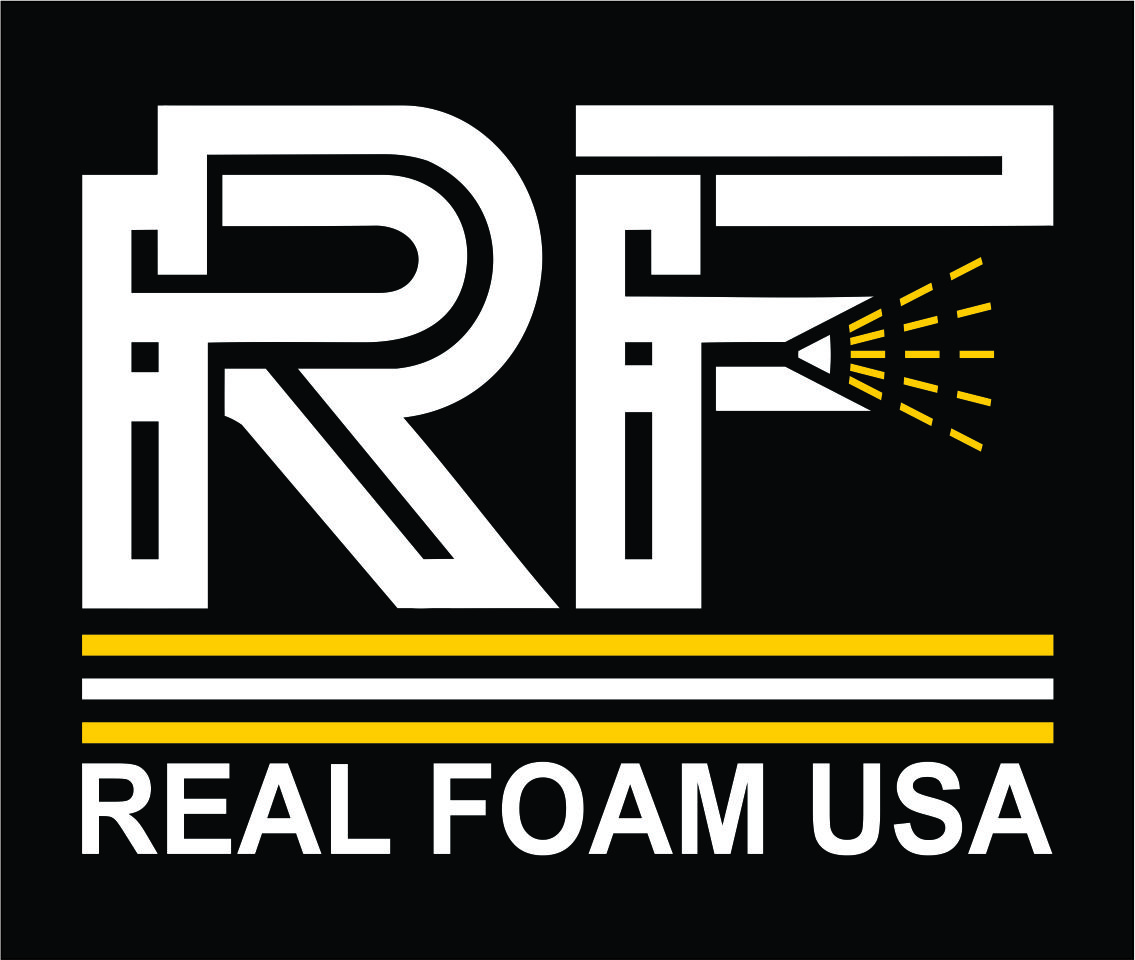Spray Foam Insulation and the Building Envelope
A building envelope consists of the entire system of building materials and design elements that control the air movements, water vapor movement, and temperature of a given structure. The temperature inside a building, the moisture coming into and out of the building, and the movement of air is all controlled by the building envelope. Generally speaking, a building envelope is the exterior shell of a given structure (i.e. exterior walls, roof, and floor). In order to achieve a more healthy, comfortable and stable indoor climate, the building’s insulation, as well as the moisture and air barrier need to work together to maintain a more consistent, more comfortable, and healthier interior environment. Numerous cutting-edge materials and construction practices are being utilized to extend the sustainability and service life of commercial and residential structures.
Compact Construction, Proper Ventilation
It is both customary and code-compliant in home and building design to ventilate crawl spaces and the attic.. The reason for these spaces needing ventilation is to address issues such as condensation, heat transfer, and the results of “stack-effect issues,” which building design practices and standard materials were not capable of resolving.
Ventilating the attics and crawl spaces was the only way to deal with issues caused by heat transfer, air infiltration, and moisture brought on by condensation. However, ventilating these spaces allows air to bring in pollution, moisture, and other allergens into the home or building. Also, the opened spaces causes air conditioned air to escape from the living area and insects and rodents to enter through the voids of the vents.
With these spaces vented, the weather inside can get up to 95 degrees in the summer. The air coming in is humid and most-likely polluted. With the air infiltrating the attic and crawl space, the weather inside will never get cooler than the weather outside, despite the use of energy-consuming fans. The weather inside would not be any more pleasant during the winter, with freezing cold air coming in.
Because most of heating/cooling utilities and ductwork can be found in either the crawl space or the attic, a 10-percent loss of heat or cooling temperature is seen due to heat transfer on the ductwork. During certain temperature conditions, mold and moisture can be generated within the ducts. which can afflict the health of the building or the home’s occupants when they breathe the air in.
During the summer, heat builds on the roof and radiates into the building or home’s attic. This can cause the temperature to surge from 130 to 150 degrees (see our section on Urban Heat Islands) inside the attic, making it almost unbearable to enter the space, which is another reason why most turn to the traditional solution of attic ventilation. The heat then radiates from the attic into the living space. Given the extremely hot indoor climate, not only does the air conditioning system have to work harder and consume more energy to keep the living area cooler, but the heat itself causes condensation and molding in the living area.
Modern materials and building sciences that can eradicate the problems that force the need for the traditional and ineffective ventilation of spaces are available, but most design professionals and builders are unfamiliar with them.
Notwithstanding, the building or home needs to breathe as builders and design professionals will argue. However, the building can still breathe via the mechanical ventilation systems and be energy-efficient, healthy, and compact, without having to settle for holes, gaps, and cracks to keep it ventilated.
Regardless of whether you decide to ventilate these spaces, traditional insulation materials such as fiberglass and cellulose do not provide the same great benefits as spray foam insulation. You can increase your home’s structural integrity, air quality, and energy performance by utilizing spray polyurethane foam insulation.
